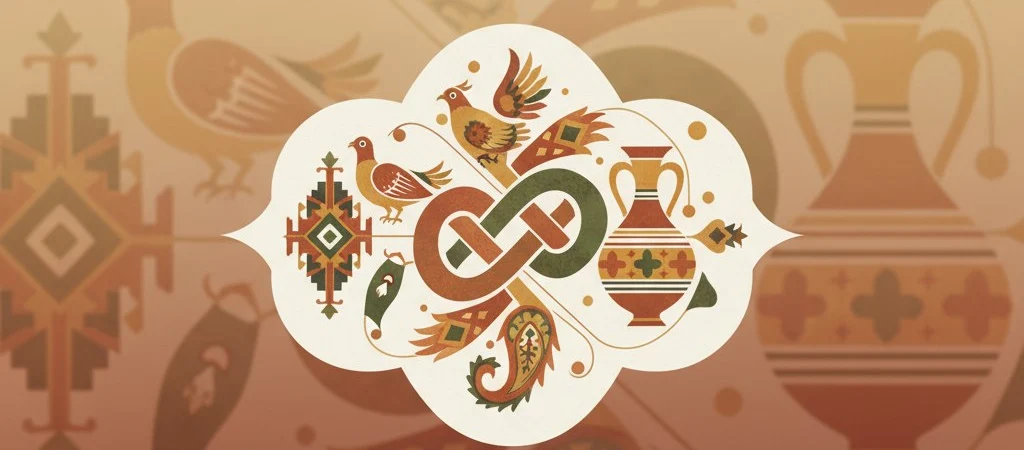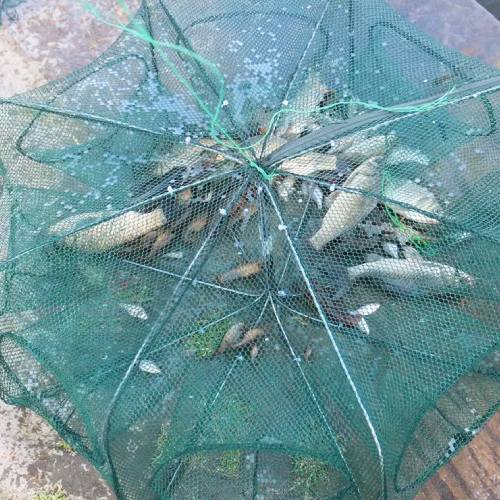
Gargor ( Fish Trap )



story of gargoor
Gargoor is a cage made of steel wire, shaped like a trap, consisting of a funnel-like entrance and a large chamber. This fishing tool is widely used along the shores of the Persian Gulf. The Gargor acts like a mesh cage that is sent to the bottom of the sea, with a large cork or a small buoy attached to the top to mark its location. Sometimes bait is placed inside the Gargor.
Fish attracted to the bait enter through the funnel-shaped entrance, lose their way, and get trapped inside the cage. Typically, larger fish remain in the Gargor for hours or even days. After some time, fishermen pull the Gargor up with a line, open the entrance, and remove the fish, then usually drop the Gargor back into the water at the same spot or a little further away. Before reusing the Gargor, it is cleaned thoroughly with a brush and other tools to prevent fish from escaping. The bait is sometimes refreshed as needed. Fishermen often tie several Gargors together with long ropes, creating a series of traps. This way, multiple Gargors can be pulled from the water simultaneously, arranged along a long path by moving a boat or ship, emptied, and then returned to the water. To weigh down the Gargor in fast currents, a heavy stone is sometimes placed at the bottom. Today, GPS technology is used to locate Gargors easily. Fishermen use weighted tools with hooks to find them, although this practice has been banned due to the damage it causes to the sea floor.
The shapes and sizes of Gargors vary widely, and the materials used in their construction differ. Depending on the fishing goals, there is a great diversity in their volume, structure, and weight across different countries. Some types are very heavy, weighing several kilograms, requiring large, equipped vessels with winches for deployment. Others are lightweight and can be easily carried and used by hand. Traditional Gargors in southern Iran are woven from thin galvanized metal wires. Each Gargor consists of three separate parts: a dome-shaped body, a circular base, and a funnel-shaped entrance. The Gargors used in the Persian Gulf and the Sea of Oman are typically semi-spherical. The entrance allows fish to enter easily, but if a fish tries to return halfway, it gets stuck due to the barbs and dorsal fins, pushing it further inside.
Fishermen in most areas of Bushehr originally made their Gargors from a type of wood known locally as "Bastchil," which is a solid and flexible wood. Its high flexibility allowed it to be divided into thin strands of varying lengths, known as "Chasool." This made it a preferred choice for Gargor weaving in the past. Fishermen purchased this wood, which was brought by sailing vessels from India, China, Bombay, and Mali, for use in Gargor making. When they faced a shortage of Bastchil, they used flexible branches from date palm clusters known as "Pang," which were split into thin pieces for Gargor weaving.
About 60 years ago, international ships brought wire ropes to the city, and fishermen began making Gargors from a combination of wood and metal. Later, in the 1940s, with the introduction of specialized galvanized wires from England and Belgium, Gargors became entirely wire-based, woven from pure wire. The number of Gargors tied together was usually around eight, referred to locally as "Kheyeh."
Fishing with Gargors is a beautiful and captivating experience, and it can be considered a tourist attraction. We hope to serve you soon as the Sana Persian team and introduce you to the beauties of Hormozgan. Here’s to that day!
Contact Us
+989054577261